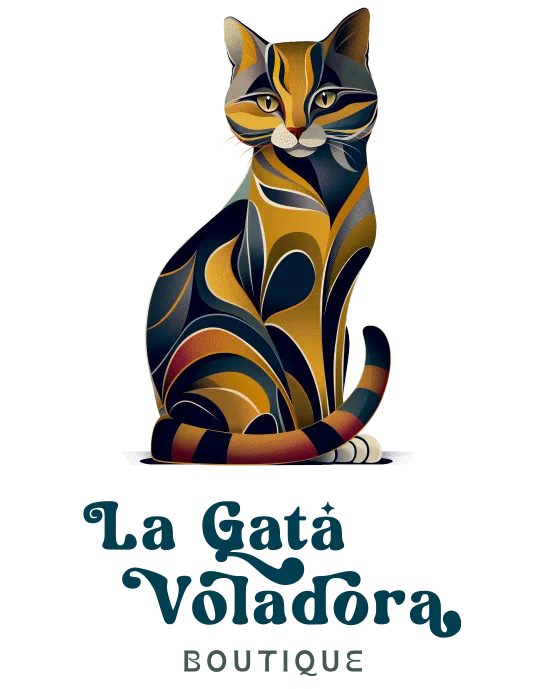Description: Blurring is a technique used in computer vision to reduce image noise and decrease detail by averaging pixels in a neighborhood. This process is carried out by applying filters that smooth the image, resulting in a more uniform and less noisy representation. Blurring can be implemented through different methods, such as Gaussian blur, which uses a specific mathematical function to determine how pixels should be averaged, or box blur, which simply averages pixel values in a rectangular area. This technique is fundamental in image preprocessing, as it helps improve data quality before applying more complex algorithms, such as edge detection or pattern recognition. Additionally, blurring can be used to create artistic effects in images, providing a sense of depth or selective focus. In summary, blurring is an essential tool in the field of computer vision, allowing for the optimization of image quality and facilitating subsequent analysis.
History: The concept of blurring in digital images dates back to the early days of photography and image manipulation. With the advent of computer graphics in the 1960s and 1970s, algorithms began to be developed for digital image processing. One of the earliest blurring methods was box blur, which was used in image processing applications. Over time, more advanced techniques were introduced, such as Gaussian blur, which is based on the Gaussian function to smooth images. As image processing technology advanced, blurring became a standard tool in image editing software and computer vision applications.
Uses: Blurring is used in a variety of applications in computer vision and image processing. Its most common uses include noise reduction in images, improving data quality before applying analysis algorithms, and creating visual effects in graphics and photographs. It is also employed in edge detection, where blurring helps eliminate unnecessary details that could interfere with contour identification. Additionally, in the field of artificial intelligence, blurring is used to prepare images for training machine learning models, ensuring that the data is more representative and less noisy.
Examples: A practical example of blurring is its use in photo editing, where photographers apply blurring to soften the background and highlight the main subject. Another example is found in computer vision, where Gaussian blur is used to preprocess images before applying object detection algorithms, such as in facial recognition systems. Additionally, in augmented reality applications, blurring can be used to create a depth of field effect, enhancing the user’s visual experience.


